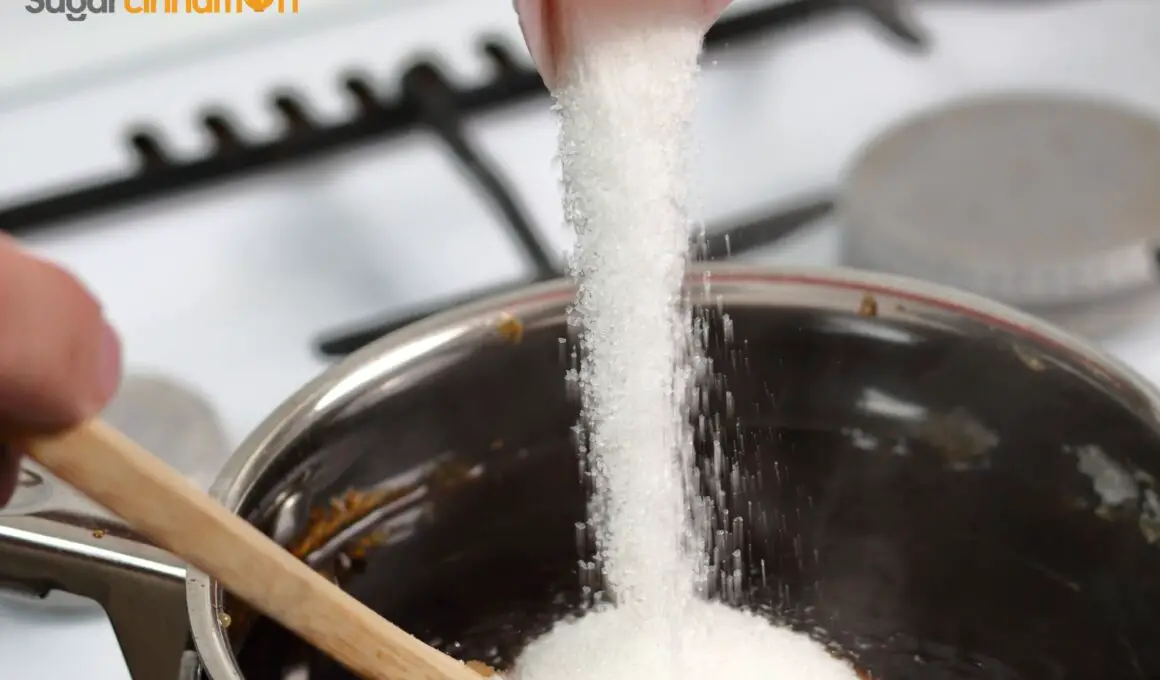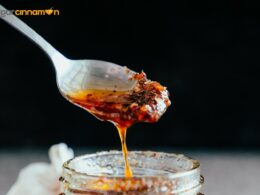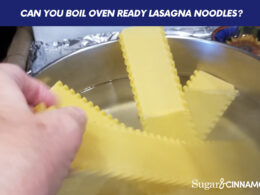Table of Contents Show
How do you make caramel on induction cooktops? Induction cooktops are designed to use magnetic currents to directly heat your pots and pans instead of the cooktop, hence why making caramel on it sounds like a great idea. Whether you are a seasoned cook or a beginner, if you are looking to achieve golden brown caramel consistency, this comprehensive guide on making caramel on induction is for you.
Although it’s not difficult to make caramel, we have to admit that the process can be quite intimidating, especially if you have not done it before. Using thin cheaper cookware for making caramel would likely heat unevenly thereby making your caramel process very difficult. Getting caramel at the right degree might take a couple of trials, but an indication cooktop can make it much easier.
Induction cooking has been around since 1933 and it’s quite popular, especially in professional kitchens in Europe. In terms of air quality, induction cooking is a lot better for the environment, and the reason it’s a more viable option for making caramel is that it is faster and more precise.
You want to keep a couple of things in mind when making caramel on induction cooktops. There is less chance of you getting burnt caramel when using an induction. Read on to learn how to make impressive and tantalizing caramel using induction.
What is Caramel, And How is it Made?
If you are going to be making lots of tantalizing caramel then it’s important to first understand what it is and how it is made. Caramel is a candy known for its rich sweet and buttery flavor. This confectionary delight is created when sugar is heated at 340 degrees Fahrenheit this process is called caramelization and it can be achieved using any type of sugar but it is slowly heated to get the temperature.
The sugar heated undergoes a complex chemical reaction that breaks it down and transforms it into a new compound that has a deep golden color and rich flavor. The main ingredient in caramel is sugar; the longer this is heated on medium heat, the deeper the color and flavor of the caramel will be.
The heating process goes through different stages, the sugar first liquefies and changes color then it goes from yellow to amber, and finally, the caramel color which is dark brown. There are different types of caramel and they do have their distinct taste and characteristics.
- Light Caramel – Light caramel has a rich delicate caramel flavor with a pale golden color. This type of caramel is sweet and lacks complexity; the temperature is around 330 degrees Fahrenheit. Light caramel is typically used for drizzling over desserts.
- Hard Caramel – This would melt smoothly in your mouth but it’s known as hard caramel as it’s hard and overcooked. It, however, has a soft buttery flavor and deep bold ember. It is used in recipes that require bold caramel flavor.
- Salted Caramel – The salted caramel has a touch of salty flavor with a hint of savory sweetness. Salt is known to act as an enhancer of flavor so not surprising that it makes caramel taste better. Salted caramel is often found in sweet and savory dishes.
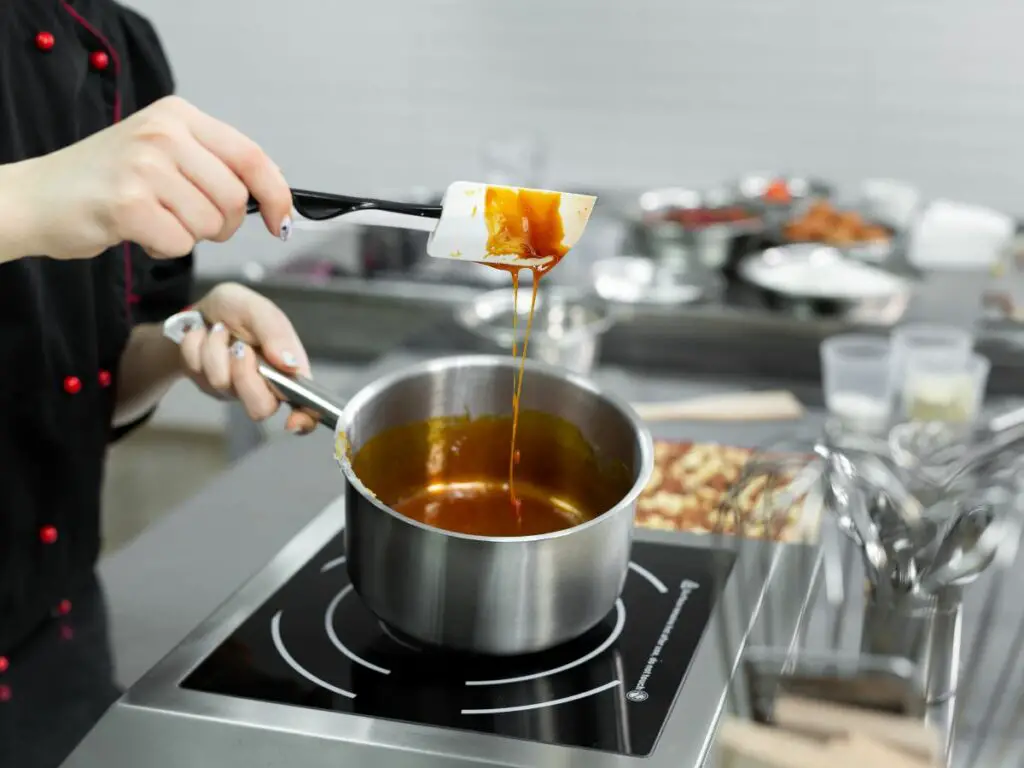
Making Caramel On Induction: Step-by-Step Guide
Using induction for making your caramel offers many benefits compared to traditional stovetops. Note that caramel making involves high temperatures so you have to choose cookware that is heat resistant and can withstand the temperature needed for caramelization. The induction cookware in this regard enables you to embark on a smooth caramel-making process.
Step 1: Gather The Ingredients
To start making your caramel on induction, you should first gather the ingredient, and the main ingredient is granulated sugar. Have small water in place to be added to the sugar to facilitate the caramelization process.
Flavorings can also be included in your ingredient list, this is optional but it can enhance the taste of your caramel. Common flavorings include vanilla extra or salt.
Step 2: Place The Induction Cookware
When assembling your cookware, you should choose a wide and shallow saucepan or skillet that has a flat and smooth bottom and that is induction compatible. Cheap thin cookware will only make your caramel process difficult.
So, ensure your induction cooktop and sugar are clean and residue-free then place the induction-compatible saucepan or skillet in the center of the induction heating element. Do not use a non-stick pan for this and ensure it’s a medium-sized pan you use as well.
Step 3: Heat The Pan
Set your induction cooktop to medium heat and let the pan heat up until it reaches an even temperature. This process is needed to achieve a perfectly smooth caramel.
Step 4: Add/Melt The Sugar
Next, you can set the induction on low heat and carefully pure the granulated into the preheated skillet or saucepan. Let the sugar dissolve gradually without letting it simmer and as the sugar heats, it will start to liquify and form clumps, at this point, you can gently swirl the pot to promote even melting.
Putting a spoon in when your caramel is simmering can crystallize your caramel. So, once your caramel is at a steady simmer, this is a stage you do not want to put any spoon or even a spatula in it.
Step 5: Check The Temperature
Caramel takes time to happen so you have to be patient. But once the sugar has completely melted and you have achieved your desired color, check the temperature using a candy thermometer to check the temperature. The temperature range for the caramelization point is between 320 and 350 degrees Fahrenheit and anything above this can lead to burnt caramel.
Step 6: Add Flavorings (Optional)
This is the time to add your flavorings if you want. You can also add an extra pinch of salt just to enhance its flavor, butter, or vanilla extra but ensure you are careful as the mixture will bubble vigorously as you add the ingredients.
Step 7: Remove From Heat
Once your caramel has reached the desired temperature then you can remove the saucepan or skillet from your induction cooktop, the residual will still be cooking so you should remove it when it’s on a slightly lighter color than the heat can get it to the color you want.
After removing it, carefully pour it into a heatproof container such as a metal bowl or glass jar. The caramel is hot at this time so you have to be extremely careful and also allow it to cool before sealing the container.
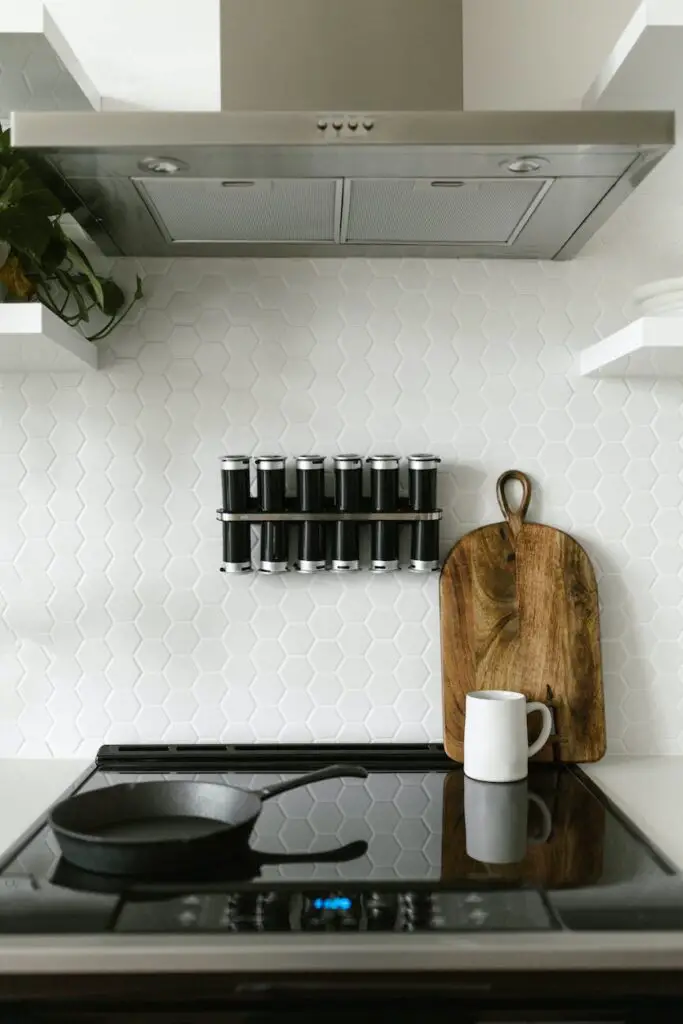
Tips For Making Caramel Sauce on Induction
There is doubt that making caramel sauce on induction comes with its challenges. While choosing the right cookware is essential for an optimal result, there are still tips you must keep in mind. Before making caramel on your induction, below are simple tips that can help ensure the process is simple, and the result is a sweet and rich caramel.
- Make sure you measure out your ingredients in advance, this would make your caramel-making process easier as they would be ready to be added to the caramel when needed.
- Familiarize yourself with your induction settings and control before you start making your caramel on it. Make sure you know how to adjust the temperature settings and heat levels.
- Use the right pan. It is best that you use a heavy-bottomed light-colored saucepan but you can also use skillet but make sure you can see the color of your caramel changing. Also, make sure the pan is big enough as your caramel will bubble a lot.
- Caramel is very hot so for safety, keep a bowl of water nearby to cool down the bottom of the pan is needed. Also, use oven mitts or heat-resistance gloves to protect your hands.
- Avoid stirring when making a liquid caramel rather gently tilt the pan side to side to ensure it cooks evenly and avoid burn spots.
Advantages of Making Caramel on Induction Cooktops
Induction cooktops are designed to interact with induction-compatible cookware to make it work and making your caramel on this cooktop has lots of advantages. One of the benefits of making caramel on induction cooktops is that it allows you to maintain the ideal temperature for caramelization. Unlike gas and electric cooktops with temperatures, that tend to fluctuate, induction offers a more even heat distribution.
Inductions cook tops are also known for their energy efficiency so they are best for making caramel. Induction cooktops transfer heat directly to your cookware thereby minimizing heat loss and saving on electricity bills.
Wrapping Up
The science behind caramel making on induction in simple terms is ”Caramelization of pure sugar”. Induction cook tops are suitable for making various types of caramel which is why they stood out, the precise temperature control would enable you to have better control of the caramelization process.
With the ultimate step-by-step guide above, you can confidently make a delectable caramel on an induction cooktop and while it’s harder than just boiling water, it can be done successfully with the right tips.






